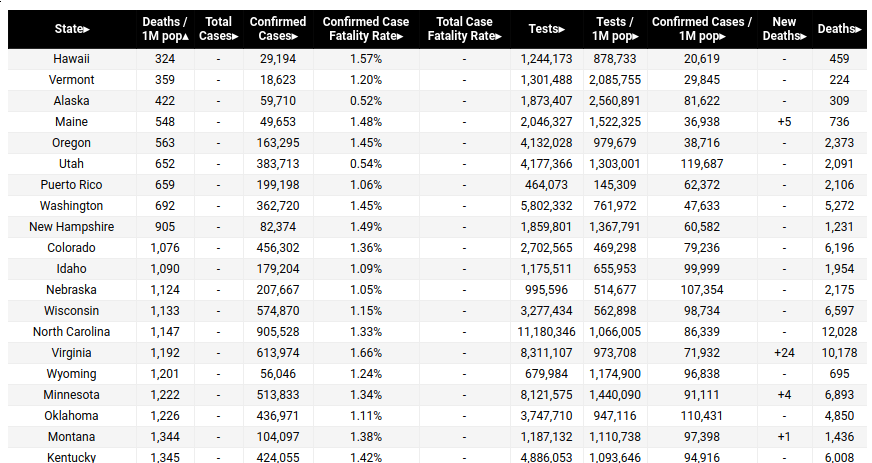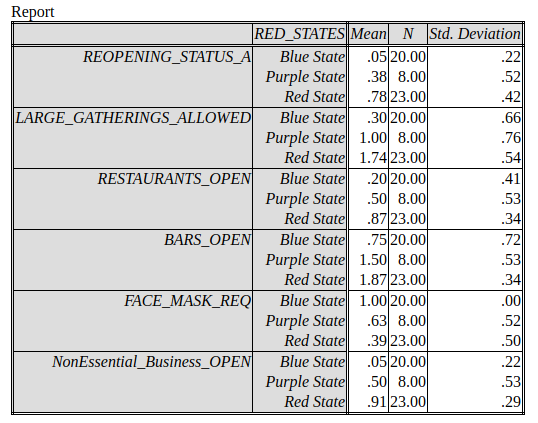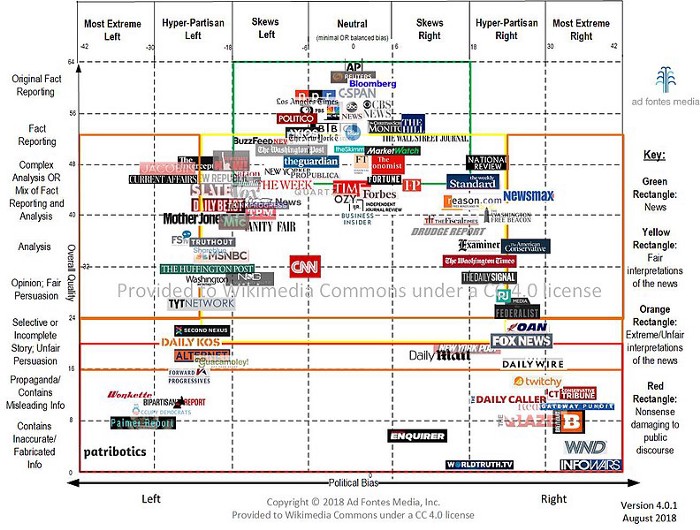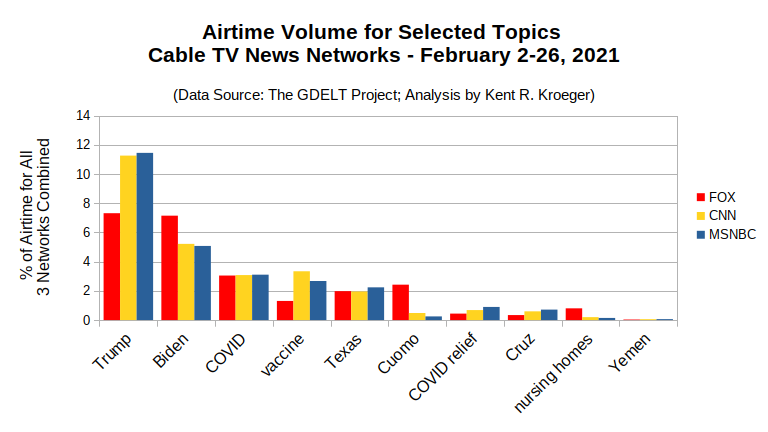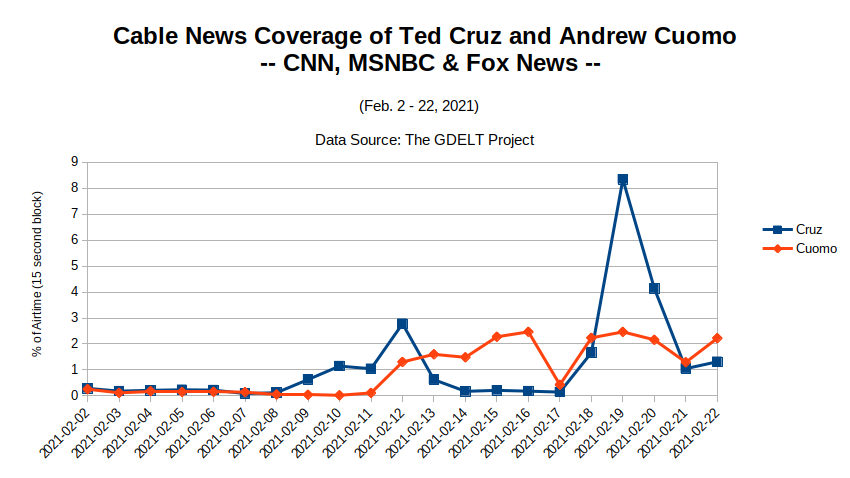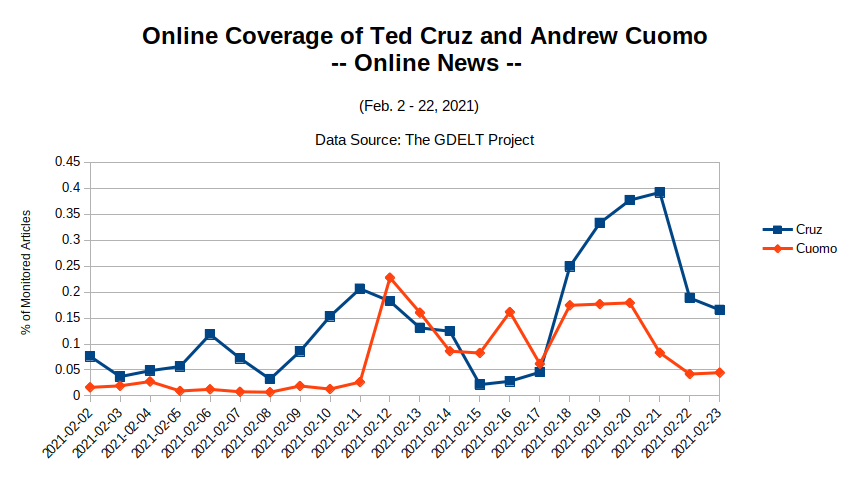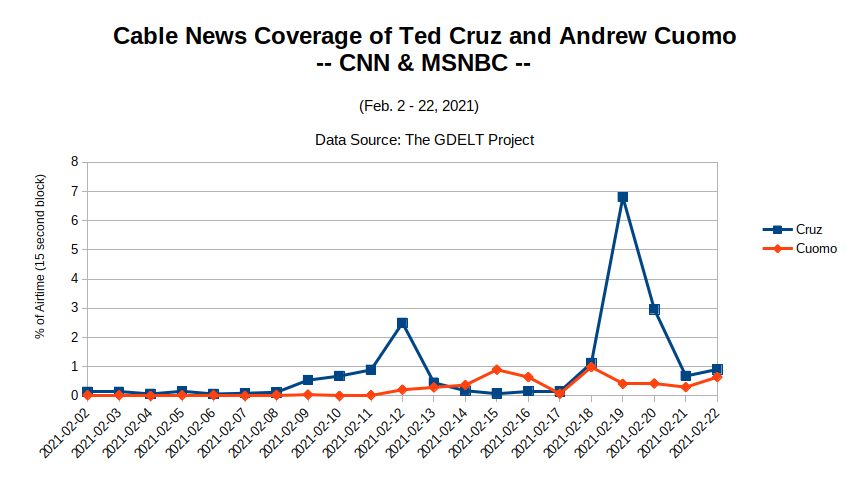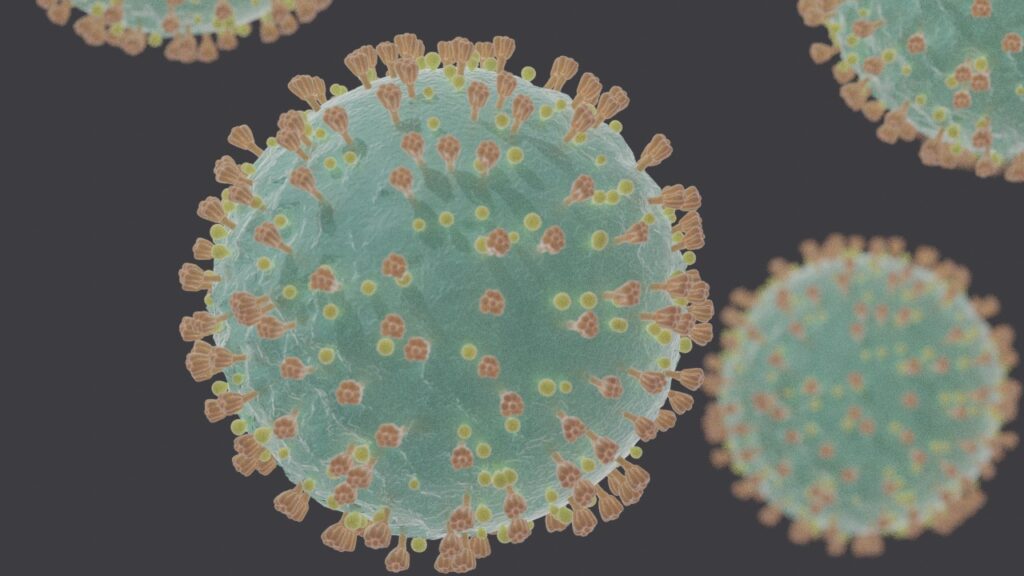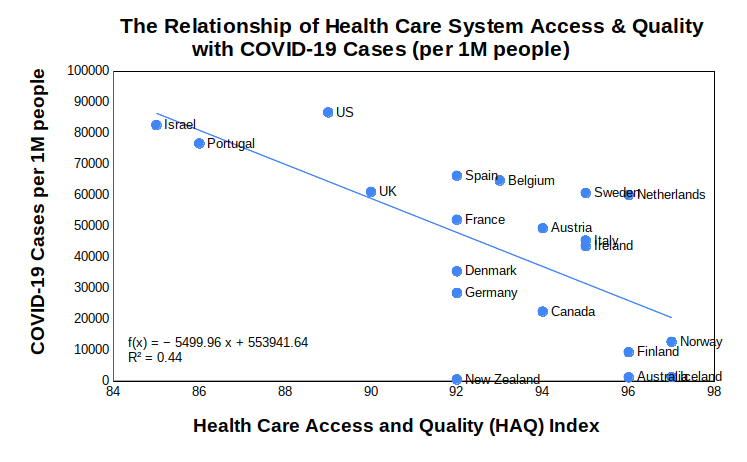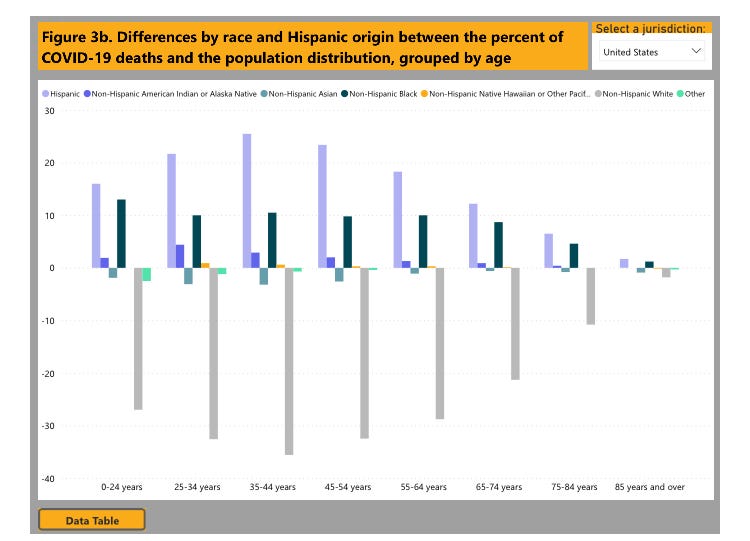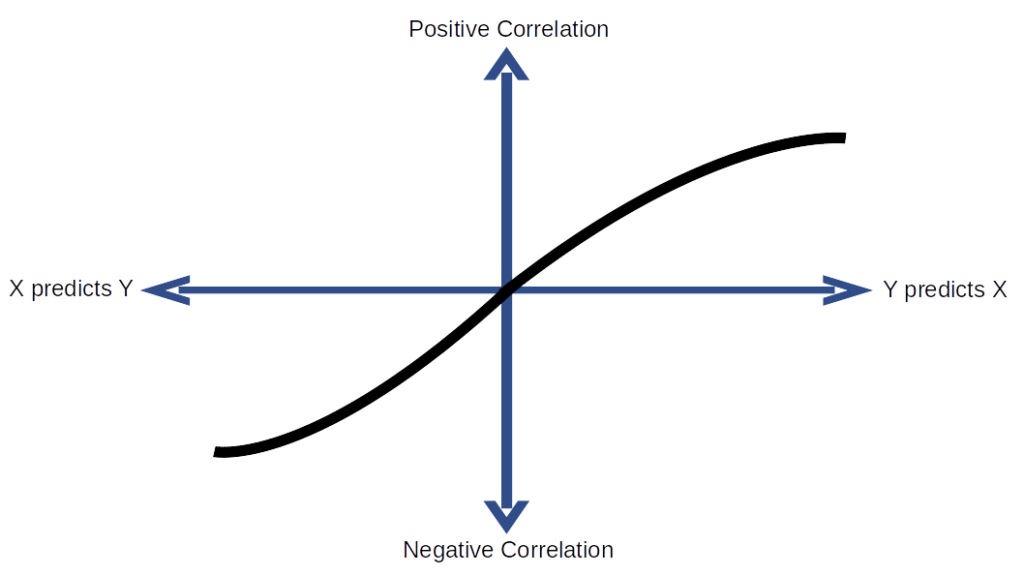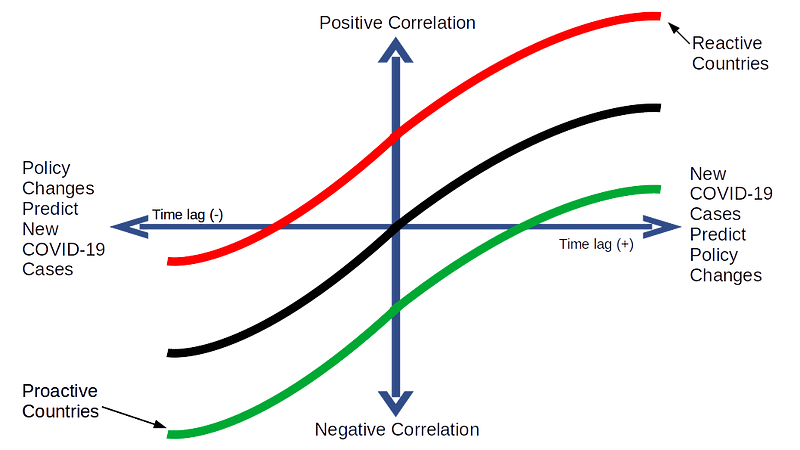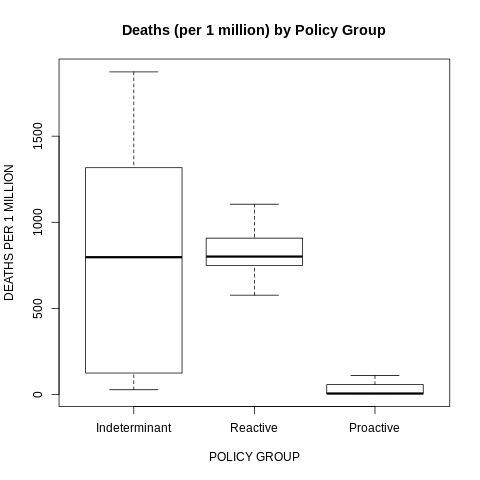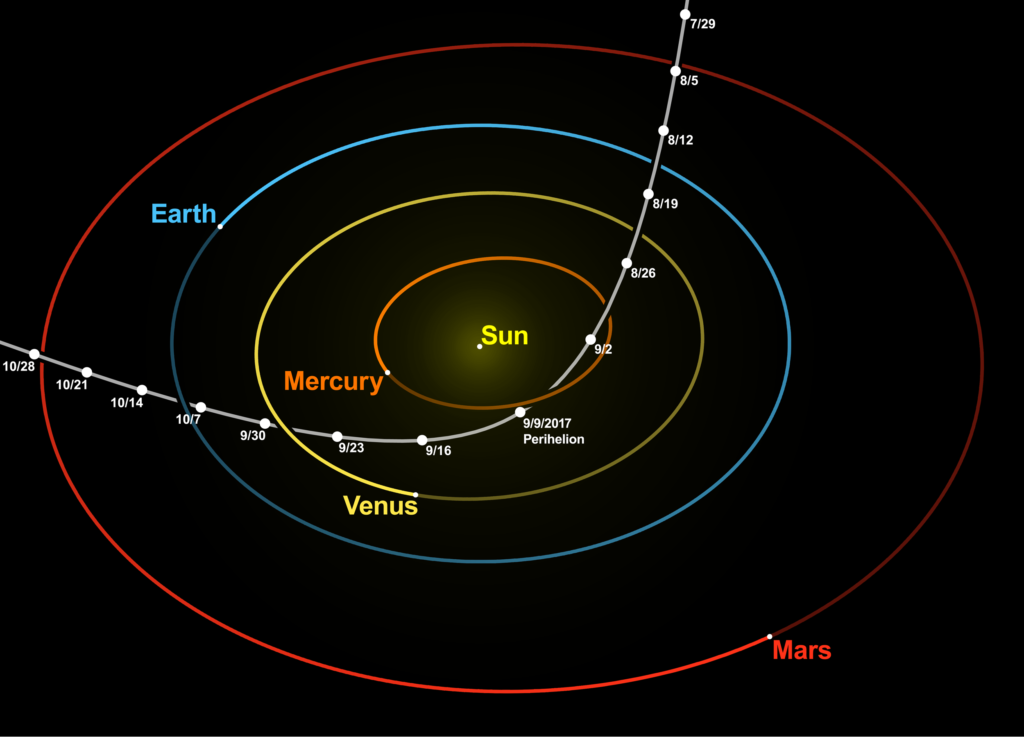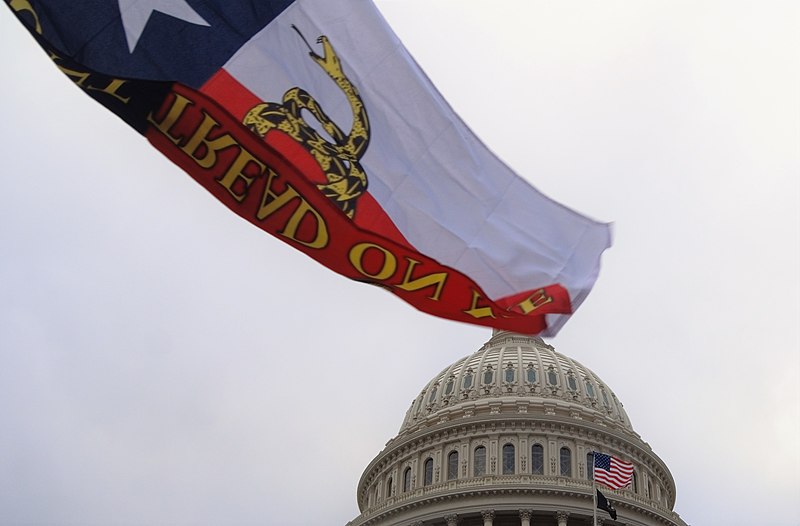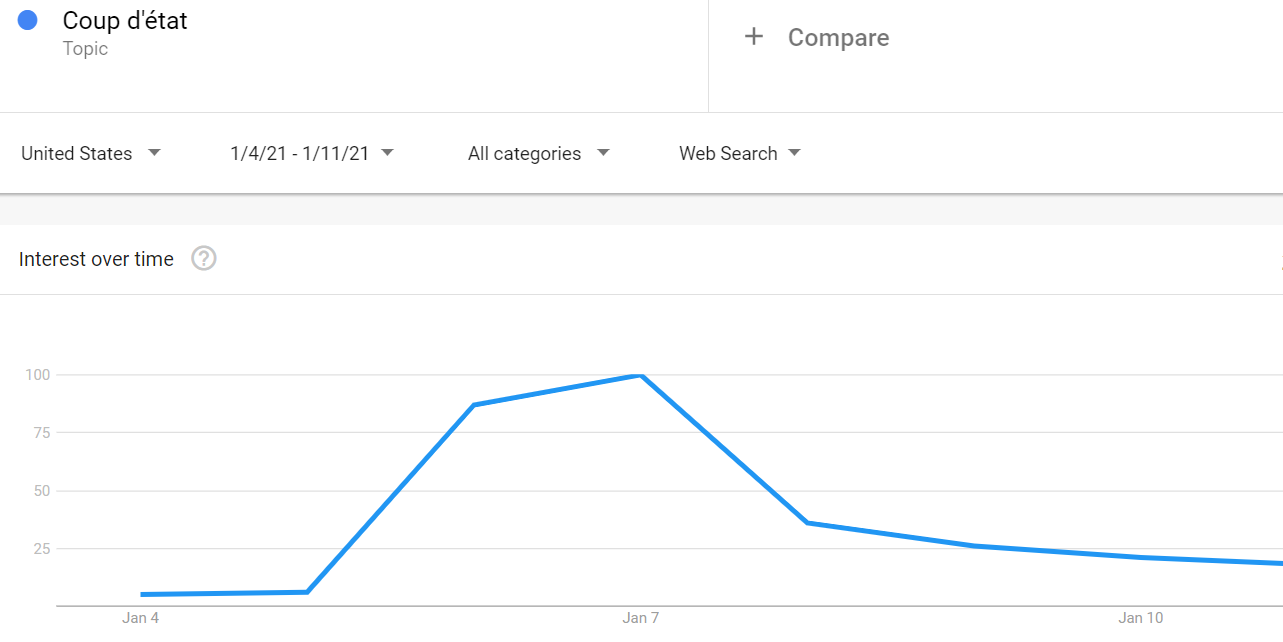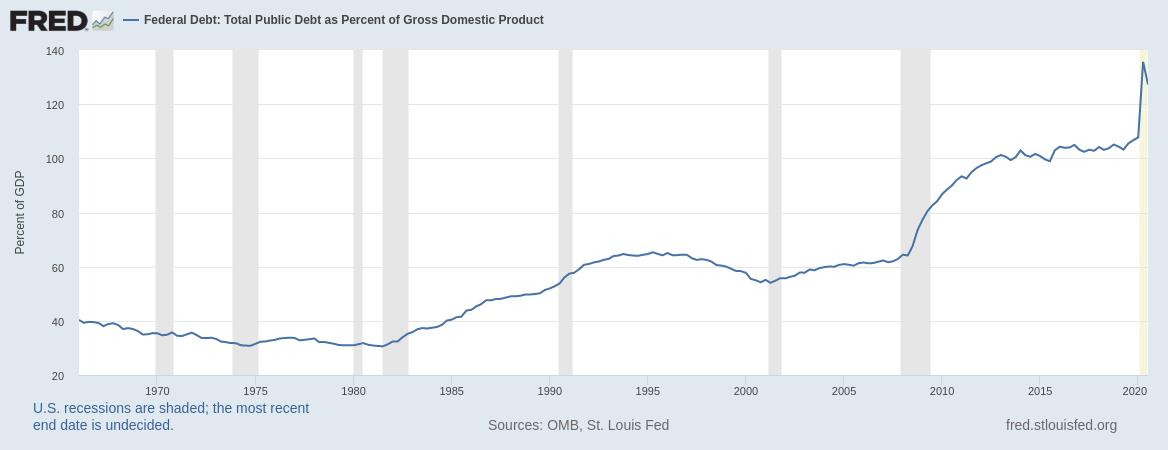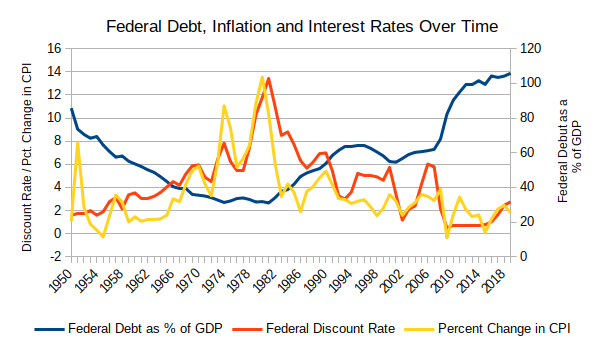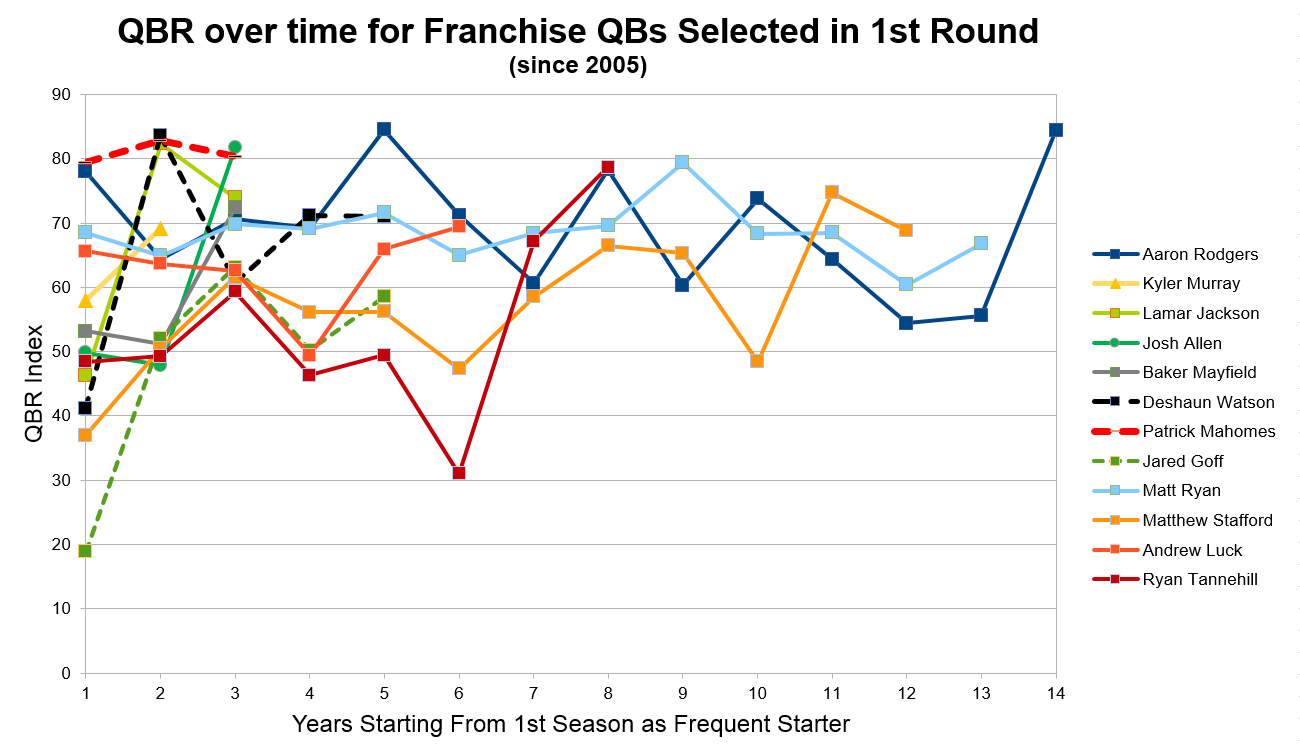By Kent R. Kroeger (Source: NuQum.com, April 21, 2021)

“We need to re-imagine policing and public safety in this country”
— Barack Obama, April 12, 2021
Today, as many people are expressing a sigh of relief at the conviction of Minneapolis police office Derek Chauvin in the May 2020 murder of George Floyd, I was reminded of an essay I wrote a year ago about the too common use of excessive force by police in the enforcement of minor civil violations.
Many journalists and commentators have emphasized that the reason Minneapolis police engaged with George Floyd on May 25,2020 in the first place was over Floyd allegedly passing of a counterfeit $20 bill at a local convenience store — the presumption being that had this happened in an affluent community, the police never would have been called or, if they were called, would not have acted as they did towards Floyd.
“This man lost his life over a $20 bill?” singer-songwriter Tom Prasada-Rao lamented to a local Portsmouth, Virginia reporter.
But it is not just the Floyd incident. Here are other cases where the police used excessive (and sometimes deadly) force in the course of investigating a minor crime:
On July 17, 2014, Eric Garner was killed after a New York City police officer used a prohibited chokehold during his arrest on suspicion of selling individual cigarette without the legally required tax stamps on the packs. (Video)
On April 4, 2015, a South Carolina police officer shot Walter Scott in the back as he fled from the officer. Why was Scott initially stopped? A broken brake light on his car. (Video)
On Dec. 5, 2020, Windsor, Virginia police officers pulled over U.S. Army 2nd Lt. Caron Nazario, who was returning home from his duty station, for not having a rear license plate on his newly purchased Chevrolet Tahoe SUV. In the course of questioning Nazario, who initially refused to step out of his vehicle out of fear, the officers pulled their guns and sprayed him with a substance meant to subdue him. (Video)
More recently, on April 12, 2021, Daunte Wright, who had been pulled over for an expired registration tag on his car, was killed by a Brooklyn Center, Minnesota police officer who says she accidentally pulled her gun instead of her taser in the process of subduing Wright. (Video)
As Irish poet Brendan Behan once said: “I have never seen a situation so dismal that a policeman couldn’t make it worse.”
Behan’s observation is not entirely balanced, however, as seen in the incidents I have referenced above: Suspects often demonstrate their own special knack for making their situation worse.
Still, the nature of an alleged crime must be considered when judging whether law enforcement is justified in its use of force. Blaming the victim for their emotional, sometimes counterproductive reaction to an engagement with law enforcement does not feel constructive.
It is, in my opinion, the duty of law enforcement professionals to deescalate, when at all possible, any interactions with civilians — particularly when that interaction is concerning a relatively minor offense.
And that includes situations (such as this one) where police arrest citizens who refuse to wear masks in private establishments that require masks. I understand the importance of wearing masks during a pandemic, but I don’t understand why elderly women need to be taken to the ground and handcuffed for such non-compliance. There are better (safer) ways to handle these situations.
Therefore, in the shadow of the Derek Chauvin verdict, I offer my original essay on police enforcement of minor law violations and our need to re-imagine how law enforcement engages with the citizens they take an oath to protect:
Our law enforcement officers need new rules of engagement for minor crimes (May 26, 2020)
By Kent R. Kroeger (NuQum.com)
As a society we’ve become accustomed to seeing awkwardly shot cellphone videos of police officers using excessive force against African-American males.
Michael Brown, Eric Garner and Freddie Gray. We know the names even if we don’t remember the details.
And with each new incident, the predictable responses on social media emerge: “If you’re smart, you do what the officer tells you to do,” “The police have to protect themselves” or “Why was he resisting arrest?”
Such reactions are understandable, though not particularly helpful or insightful.
However, an apparent excessive force incident from about nine months ago in Oklahoma put a slight twist on things. In the following video — shot by the police officer’s body cam — the subject who was taken aggressively to the ground and subsequently tased is a 65-year-old woman:https://cdn.embedly.com/widgets/media.html?src=https%3A%2F%2Fwww.youtube.com%2Fembed%2F7CvErhrFwuo%3Ffeature%3Doembed&display_name=YouTube&url=https%3A%2F%2Fwww.youtube.com%2Fwatch%3Fv%3D7CvErhrFwuo&image=https%3A%2F%2Fi.ytimg.com%2Fvi%2F7CvErhrFwuo%2Fhqdefault.jpg&key=a19fcc184b9711e1b4764040d3dc5c07&type=text%2Fhtml&schema=youtube
Don’t assume social media was sympathetic to her case just because she was an older woman and the purpose for the traffic stop was a defective tail light.
“You can tell this lady has been getting her way for years. Well not anymore.” (Benji)
“Turns an $80 ticket in to a felony pursuit. Brilliant.” (Anonymous)
“Result of when you’re used to getting everything you want for the past 70 years.” (Stephanie)
“I don’t feel any sympathy for this lady. She got what she deserved.” (Janae)
“I don’t know what level of entitlement she thinks she is due, but MAN was I satisfied when she got tased.” (Kimberly)
Nobody enjoys the snarkiness of social media more than I do, but my reaction to this video was somewhat different.
Here is where I agree with the majority of comments:
First, the woman’s reaction to the traffic stop was entirely inappropriate. She had been driving for six months with a broken tail light (presumably she was previously stopped for this violation) and she expects she can talk her way out of a ticket?
Um…no. Not going to happen.
Second, of all the things not to do during a routine traffic stop, the woman decides to drive off. Sweet Jesus, what did she expect would happen next?
The bottom line here: she’s at fault and the Cashion, Oklahoma police chief would have no reason to discipline this police officer.
Even within police departments with strict rules of engagement — where use of force is highly circumscribed — a police officer in this situation would be trained to draw his firearm and subdue the woman, including the use of a taser if necessary. A woman willing to drive away from a traffic stop, no matter how old, may be armed and dangerous.
But the fact that this is allowable police behavior is part of a much bigger problem within law enforcement: The basic theory guiding law enforcement’s rules of engagement must fit the crime.
The Context
The current social and political context makes reforming rules of engagement more important than ever for police departments. Some Americans (Blacks and Hispanics, in particular) have understandably grown more distrustful of the police.
Since 1993, according to the Gallup Poll, the average American citizen’s confidence in the police has narrowly ranged between 52 percent and 64 percent having “a great deal” or “quite a lot” of confidence (see Figure 1).
Figure 1: U.S. Confidence in the Military, Police and Small Business over time

Source: The Gallup Poll
However, for Black Americans, their trust in the police fell from 35 percent in 2012–14 to 30 percent in 2015–17. Over the same period, those numbers dropped from even farther for Hispanics from 59 percent to 45 percent. Other research has also shown that whites living in high-crime areas also display lower levels of trust in police comparable to Black and Hispanic’s living under similar circumstances.
From the perspective of police, there is evidence that hostile media portrayals of police actions have increased officers’ belief that civilian attitudes and behaviors toward police have worsened over time.
This possible downward spiral of trust and legitimacy between some communities and law enforcement could be toxic and whether those intertwined forces were at play with the woman and police officer in Oklahoma is uncertain, but definitely plausible.
Which is why I believe, now more than ever, the police need to rethink their rules of engagement in routine situations like the one in Oklahoma.
What happened didn’t need to happen and the burden to make sure it doesn’t happen must rest with the police.
Let us re-examine what happened in Cashion, Oklahoma to see how this situation could have been resolved much more peacefully. And, keep in mind, the highest priority for police departments when their police officers justifiably use force is the safety of those officers.
Early in the traffic stop, both the officer and woman are actually cordial with one another, though clearly the woman is annoyed. On the Federal Law Enforcement Training Center’s Use of Force Model, the interaction between citizen and officer is still in Level 1 (see Figure 2).
Figure 2: Federal Law Enforcement Training Center’s Use of Force Model

A use-of-force continuous scale developed by the Federal Law Enforcement Training Center.
At 0:29 in the video, however, the officer ceases to entertain the woman’s passive plea that she should not be fined for a safety equipment violation and asks her to leave her truck so he can arrest her.
Stop right there.
By the officer saying he was going to arrest the woman, his range of options for deescalating the conflict significantly narrowed. On the Use of Force scale, he’s on already Level 3, even as the woman is merely complaining that she doesn’t deserve an $80 ticket.
At 0:47, the officer says again, “You’re under arrest,” to which she replies, “No, I’m not.”
At this point, this incident isn’t going to end with anything but the woman being handcuffed and taken to the police station…over an $80 safety violation on her truck.
Also not helping the situation, the officer’s ego is now threatened if she does not immediately submit.
Arrests are emotionally violent acts, if not physically violent. The natural human reaction at being arrested therefore is often fight or flight.
At 1:04, the woman makes the unfortunate decision of choosing flight and drives off in her truck.
At 1:13, the officer has caught up to her and has his gun drawn as he approaches the woman’s truck. The incident is somewhere between Levels 3 and 4 on the Use of Force scale at this point.
All of this drama over an $80 safety equipment violation.
At 1:32 in the video, she is pulled out of the car and taken to the ground, at which point the officer tries to get her hands behind her back so he can cuff her.
When he fails to get the cuffs on, he pulls out his taser gun and uses it on the woman.
All because of an $80 safety equipment violation.
After he’s cuffed the woman, the officer asks her if she realizes she’s “gotten herself in a whole lot more trouble” for running off in her truck.
It almost sounds like a parent speaking to a child. And before you hoot and howl at how some adults aren’t much more emotionally developed than children, it is not the job of our police to raise us to be good adults. Their job is to protect and enforce. To the extent education is part of their job, it is not as a parent-to-a-child — and that is exactly how this interaction in Oklahoma comes across.
What possibly could have changed this outcome and still convey to the woman that, in the future, she must comply with vehicular safety equipment laws?
How do we get to the desired final outcome without the violence?
The problem starts with the law which requires ticketing officers to get a signature from the accused acknowledging the accused will appear in court. The signature, of course, does not imply guilt. It merely allows the accused to avoid getting arrested.
That seems like a good thing: I don’t have to get arrested for a broken tail light!
This legal requirement however makes the first direct, verbal interaction between the ticketing officer and the citizen a necessity. It cannot be avoided.
But why is that? We can get speeding tickets and traffic signal violations based merely on traffic cam evidence, why can’t the same be true for other plainly visible violations?
According to FindLaw.com, the issue is that localities using traffic cameras for enforcement must provide a warning sign, such as a green-yellow-red traffic light, a stop sign, or a speed limit sign. I’ve never seen a “Are your tail lights working?” sign.
“But I didn’t know my tail light was broken, officer!”
Not an excuse, drivers are supposed to know their vehicle is road safe every time they get in it and drive.
So, no, passive traffic cam enforcement isn’t going to work in the Oklahoma lady’s case. She had a broken tail light.
But there is a key moment in the Oklahoma incident where the need for a signature is OBE (overtaken-by-events).
When she drives off, she’s fleeing the scene of an alleged crime where she is the suspect.
At that point, why should the officer go after her? Unless he suspects a more serious crime is taking place and the traffic violation is merely a pretense to get the driver and truck stopped, why can’t the officer let her drive off?
I can already share the answers I’ve received to that question.
“It sets a bad example.”
“Some people will think they never need to obey the police.”
“Police can’t do their jobs if people can drive away.”
“If we don’t enforce minor laws, people will think they can commit more serious crimes.”
Those answers may all contain truths, but don’t forget, she drove off (a felony) after refusing to accept an $80 ticket for a broken tail light. This is not a high crime, even with the felony aspect. And, no, thinking I can drive away from a vehicle safety ticket doesn’t necessarily make me more likely to rob a bank.
More importantly, our law enforcement establishment and other legal authorities have many tools proportionate to the crime to penalize this woman and ensure her compliance with the law in the future.
If at 0:47 in the video, instead of telling the woman she was going to be arrested, the officer could have said, “If you refuse to sign this ticket, I have your license plate number, this car will be impounded and you will face additional fines, possibly even jail time.”
If she decides to drive off, from that point forward, the municipal authority can levy fines that, if ignored, can be increased appropriately. The authorities can prevent her from receiving local licenses and approvals (business, hunting, home improvement, etc.), as well as other punishments, which can be applied without arresting her and putting her in jail.
But do not misunderstand my proposal. Once a police officer says, “You are under arrest,” driving off or fleeing is a serious crime. What I am proposing is a rule of engagement that avoids an officer needing to say, “You are under arrest.”
Of course, people cannot flout the law, no matter how minor the offense. But the scale of the punishment and how it is enforced is equally important.
In my opinion, throwing a 65-year-old woman resisting arrest to the ground and using a taser on her is not appropriate given her crime is refusing to accept a ticket for a vehicle safety violation and driving off.
Vehicle Safety Laws Are Important
One last comment I received to the first draft of this essay deserves some attention.
“You diminish the seriousness of vehicle safety laws which can, when violated, lead to accidents and deaths.” (My wife)
That comment resonates with me and I do not consider such laws as unimportant. They are, in fact, critical to community safety.
But show me the evidence that arrests like that of the woman in Cashion, Oklahoma lead to better overall outcomes for a community than my solution (let her drive off, impound the vehicle, impose additional fines).
One cannot assume arresting people makes them more compliant in these types of crimes.
I suspect they do not, and may even cause the exact opposite outcomes.
- K.R.K.
Send comments, traffic fines and arrest warrants to: kroeger98@yahoo.com Or tweet to: @KRobertKroeger1



